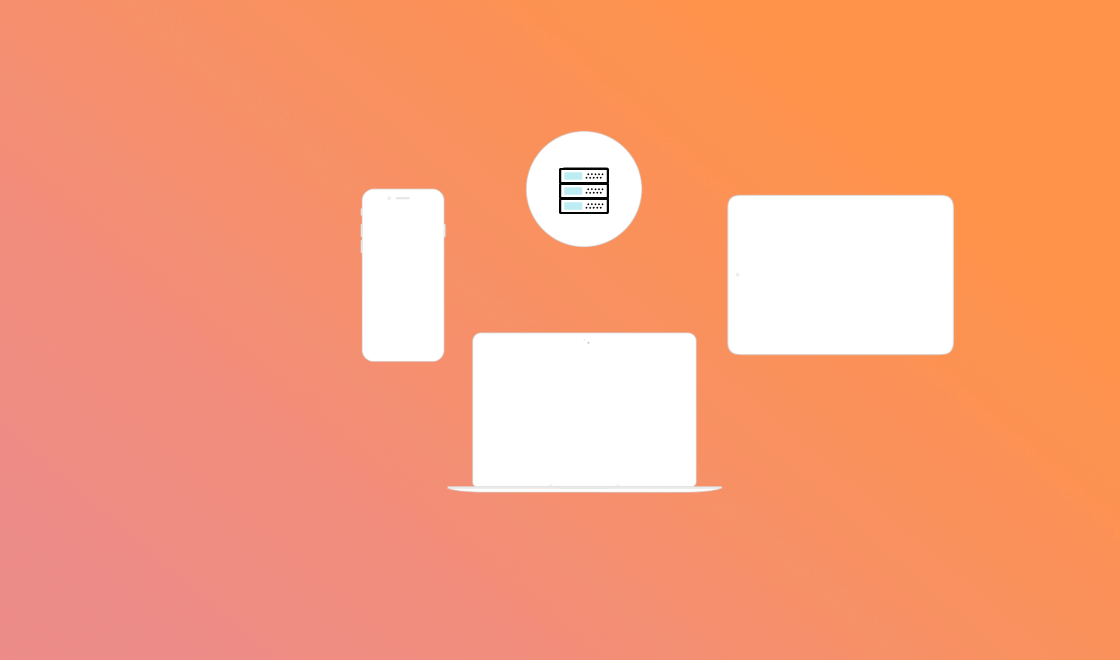What’s Data Agility?
Published on March 25, 2019/Last edited on March 25, 2019/8 min read


Tom Pinckney
Head of Business Development and Partnerships at SegmentModern customer engagement is built on data. Relevant, actionable insights are at the core of so many of today’s best digital brand experiences—but while it’s an article of faith among marketers that data is important, lots of brands fail to gather, manage, understand, and act on the information they have available.
The key to making the most of data in your customer engagement efforts? Embracing effective data management and ensuring you have the mindset, tools, and strategy you need to make true data agility a reality throughout your brand’s technology ecosystem. To help give our readers a better understanding of this key topics, we’ve asked an expert—Tom Pinckney from customer data infrastructure experts Segment—to dig into the nuts and bolts of data agility. Enjoy!
So, what is data agility, exactly?
Data agility is when your data can move at the speed of your business. For companies to achieve true data agility, they need to be able to access the data they need, when and where they need it.
Okay, but what does that actually look like for brands?
With the right data infrastructure, companies can seamlessly move the data they need between different tools, providing a single view of each customer across departments—and, ultimately, a better end-user experience.
That makes it possible for companies to be as flexible as they need to be when it comes to testing out new, innovative technologies or tactics, strategies or ideas without being held up by the re-engineering of data pipelines or having to worry about losing historical data.
Why does data agility matter for customer engagement?
There’s a lot of noise out there. Getting the right message to the right person at the right time is key if you care about building a strong relationship with your customer. On the other hand, problems with the way you’re managing your data can come back to haunt your customer engagement efforts by providing experiences that alienate customers instead of rewarding them.
Imagine that you happen to view a new pair of shoes on a footwear company’s website, then go to one of that company’s brick and mortar stores to buy them in person. Then imagine that when you come back to your computer, you find yourself followed endlessly by ads for those very same shoes. You’re going to ignore those ads—or try, anyway—but getting served irrelevant communications like this just makes for a bad customer experience, and wastes an opportunity for that company to engage with you and potentially convince you to make an additional purchase.
Companies have an opportunity to avoid these kinds of situations by ensuring that data agility is a priority—and that the different systems, technologies, and solutions that make up their customer engagement ecosystem are able to talk effectively.
Investing time, effort, and resources in the right CDI for their data needs allows brands to be more nimble and to iterate more consistently, giving them the flexibility they need to adopt technologies that can drive innovative solutions to customer pain points and to support more impactful, more profitable customer engagement strategies. Plus, by ensuring that they can provide a seamless, continuous experience across a variety of customer touchpoints, companies with true data agility are able to provide a consistent experience that keep customers engaged across all interactions, whether online or off.
Wait, what’s CDI?
CDI stands for “Customer Data Infrastructure,” and it’s the technical foundation for many customer-first businesses. By investing in CDI, brands can achieve three critical capabilities:
- Data integration
- Data governance
- Audience management
Together, these components can allow you to connect and unify your first-party data (even if it comes from a wide variety of platforms, channels, and other sources), while also helping to ensure that the data you have is accurate and that you’re catering each customer interaction to that unique individual’s preferences.
With the right CDI, you can make data-informed decisions about your product and marketing, support personalized experiences, and ultimately increase customer engagement and revenue. (For more about how Segment supports CDI, check out our CDI explainer.)
Wait, what kinds of data are we even talking about?
There are different kinds of data that can inform your customer-related efforts, but the big distinction in mind is between third-party and first-party data. At Segment, we focus on helping companies collect first-party customer data—that is, data about how those companies’ customers use their products and services. Sources for this kind of data can be platforms (such as a brand’s website, mobile apps, and servers) and channels (like advertising channels, email, CRM, payment systems, and more).
What’s the difference between first-party and third-party data?
Think of it this way.
First-party data is information that’s collected from the interactions that occur directly between your company and a given customer or user. Those interactions can be form submissions, in-store purchases, or email opens—the key is, it’s first-party data if the information is being collected and used by the company that the user is knowingly interacting with.
Third-party data, on the other hand, is data that companies receive from outside parties or vendors—usually by paying to purchase it. A consumer’s email address that’s aggregated from multiple sites or vendors into a third-party data platform and then shared with your company is a classic example of third-party data.
Many companies use both first- and third-party data as part of their customer engagement efforts. But the passage of the European Union (EU)’s General Data Protection Regulation (GDPR) and other new privacy regulations has made taking advantage of third-party data more difficult—and potentially more legally fraught—for vendors and brands alike, making it even more important to ensure that you’re doing what you can with the first-party data at your disposal.
How can brands balance data agility with information privacy and security needs?
There’s no single answer, but there are a couple key steps that companies can take to make this balancing act easier.
First, do your due diligence on each technology as you build out your technology ecosystem. Do they make both data agility and data privacy and security priorities in the way they built and operate their solution? Are they materially compliant with GDPR and other key data privacy regulations? Are they taking ongoing steps to deepen their commitment to their security procedures? Do you own your own raw data if you use this vendor? Does the CDI you’re using have user permissions, privacy settings, and easy ways to delete contact details across all of your tools?
Second, take a long, hard look in the mirror and think about what your company’s data maturity level is right now. It’s important to keep in mind that data agility doesn’t mean everyone should have access to all the data you hold; rather, you should be able to provide each team with the relevant data for their jobs. Key considerations: Are you at a point where you can implement permissioning that will ensure that employees only have access to the data they need, rather than having to choose between giving them all-access or no access? Do you have a data tracking plan that can scale with your team and your company as it grows, to ensure accountability around what data is being collected and how it’s being used?
Balancing data agility with data privacy/security is a complex process, but it’s an essential one to get right. Failing to prioritize data privacy and security can open your brand up to penalties, including significant fines; failing to focus on data agility can undermine the effectiveness of your customer engagement efforts, hobbling your long-term growth and revenues.
Okay, one last question—what advice do you have for brands looking to improve their data agility?
The truth is, achieving true data agility is hard to do well. It’s not enough to invest in the right data stack for your brand’s unique needs (though, yes, you need to do that)—you also have to put in place a data culture where everyone who touches your data strategy is encouraged and given the resources they need to access the information that supports their work.
A good first step is to establish a mentality of data democratization across your company. Once you have that, it’s possible to go to work identifying and removing information silos with the necessary data infrastructure and strategy.
But without that first step, you’ll have shiny new tools, but you won’t have the company alignment you need to use them to their full potential. That leaves you at risk of falling into data disparity and fragmentation—or seeing your data team so overwhelmed with requests that they end up being reactive instead of focusing on more forward-looking initiatives. Either way, it’s a bad scene and not something you can build a great, sustainable customer engagement program on.
Final Thoughts
To learn more about how you can leverage Braze and Segment within your technology ecosystems to support stronger data agility for your customer engagement efforts, check out the Braze Alloys Partnership Hub.
Related Tags
Be Absolutely Engaging.™
Sign up for regular updates from Braze.


